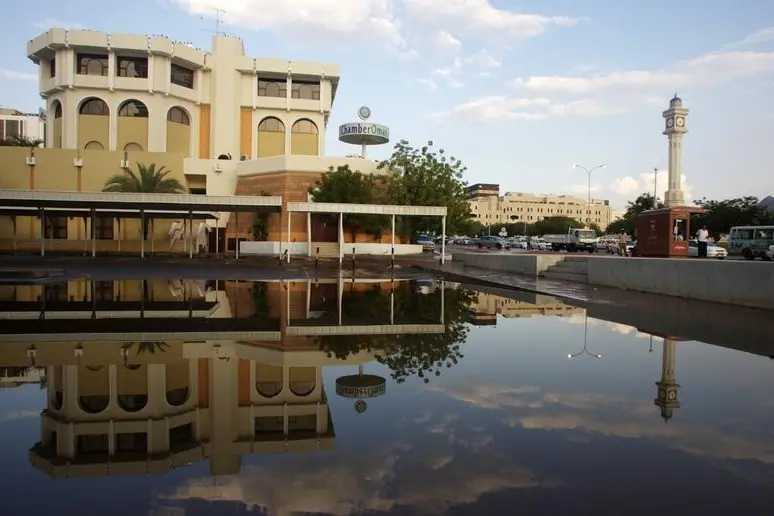PHOTO
Zain al Tauqi
Muscat - The Supreme Council for Planning has formed a committee to develop a comprehensive green design code for Oman in the context of a unified GCC Building Code. It has said that energy saving and sustainability measures for the entire construction industry should be implemented.
Speaking on the sidelines of an architectural lecture at the Sultan Qaboos Grand Mosque recently, a construction industry pundit said, “The new regulations, which are in the pipeline will no doubt have a major impact on the industry. Some technology and materials may become obsolete, while businesses offering eco solutions are jostling for position in anticipation of the changes.”
He said, “What is certain is the cost per square metre will go up as the building code will likely centre around increased insulation. More sustainable and efficient solutions are badly needed, but they will come at a price.”
He added, “Also, having a unified GCC building code may pose some challenges. For example, some countries are using US building codes, and some are using British building codes. Switching between the two might not be feasible.”
While declining to discuss specific details of the upcoming building code, or giving an estimated date of implementation, Ahmed Mazroui, board member of the Oman Green Building Council (OGBC) and Oman Society of Engineers (OSE), explained, “The Supreme Council has formed a committee to develop a comprehensive green design code for the sultanate. The OSE contributes by having a representative in the committee.”
He added that while there currently weren't major government requirements to adhere to in terms of green buildings, initiatives have been started by the public. “We've observed a growing trend of green initiatives in the last decade or so. A couple of examples are the Majan Electricity and the Bank Muscat headquarters which have been designed with energy savings in mind. Home owners are adopting technologies such as double-glazing, LED lighting and roof insulation. All parties seem to be working towards a common goal. The advantages to look forward to once it becomes mandatory are a reduction in electricity and water consumption, and possibly building materials such as cement, stones, aggregate and steel.”
Simon Wilson, vice chairman, OGBC, said “High level discussions have been taking place at GCC Secretariat level to agree to the terms of reference for the work, so work at national level in Oman, for example, is yet to start at the technical committee level.”
When asked whether construction costs would rise, Wilson said, “This cannot be determined until the findings of the committees are finalised. However, your question is not the right question.
“Buildings have an initial capital cost for their construction, but they also have an operating cost and a design life so the associated costs need to be considered over the whole life cycle of a building. If the life of a building is extended from 25 to 50 years it is likely that the initial construction costs will increase incrementally, but the overall cost of the building per year over its life time basis will be dramatically reduced.”
He added, “Similarly, if the operating cost (i.e. cooling costs) are reduced from RO2,000 per year to RO500 per year through better design, materials and fittings (roof insulation, double glazing, air tight doors, shading) the capital costs may increase incrementally but the savings in energy consumption will provide a return on that investment within a few years which again will reduce the life cycle cost of the building.
“New codes have the potential to reduce the lifecycle costs of buildings and result in macro-economic benefits such as reduced consumption of energy at the national level. To put this into context, currently around 70 per cent of the national energy consumed in Oman is used for cooling buildings,” Wilson said.
© Muscat Daily 2016












